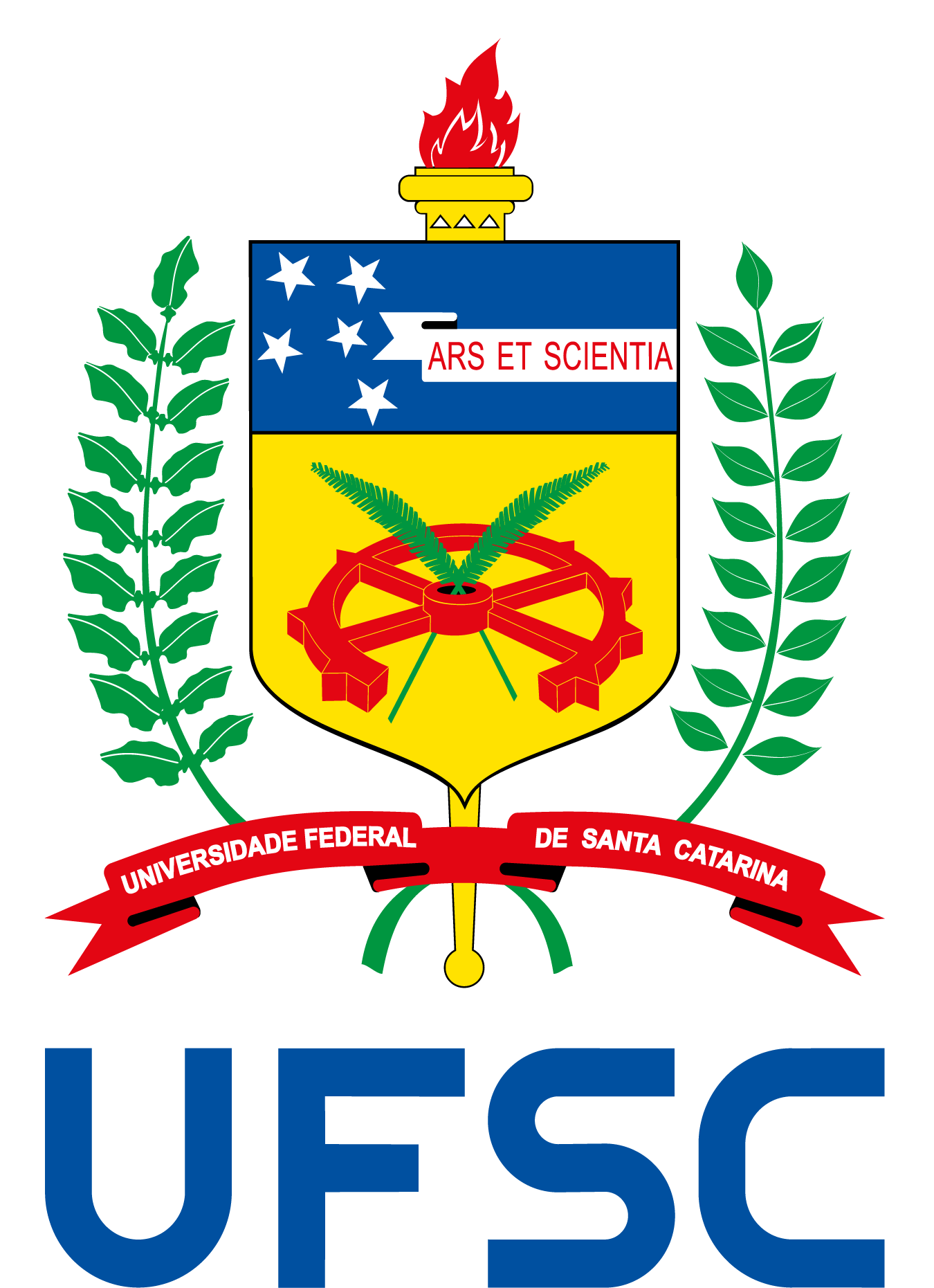
Federal University of Santa Catarina
Green Education Ranking
#705
About Federal University of Santa Catarina
The Universidade Federal de Santa Catarina (UFSC) has its main campus located in Florianópolis, capital of the state of Santa Catarina, Brazil. Founded on 18 December 1960 with the goal of promoting teaching, research and outreach, UFSC delivers free and public education and is placed among the best universities in Brazil and in Latin America. UFSC’s mission is to produce, systematize, and socialize philosophical, scientific, artistic, and technological knowledge, broadening and deepening students’ education for the professional practice, critical thinking, and national and international solidarity with a view to building a just and democratic society and also guaranteeing quality of life. With four other campuses distributed in the cities of Araranguá, Blumenau, Curitibanos and Joinville, UFSC community consists of around 40,000 people, including about 5,500 faculty and staff members. The university has nearly 26,000 undergraduate students enrolled in more than 100 on-campus programs and 10 distance learning programs. At the graduate level, UFSC offers sound 9,000 places in more than 60 academic master’s programs, 15 professional master’s programs and 50 doctoral programs, in addition to a number of certificate programs offered on campus or via distance learning. UFSC’s achievements are seen as reference in Brazil and abroad and its internationalization process includes cooperation agreements with educational institutions all over the world. Currently, there are more than 350 partnerships with countries in all parts of the globe.
About World Green University Ranking
World
Green University Ranking 2024 is a
scholarly acknowledgment of educational
institutions standing at the forefront of
Education for Sustainable Development (ESD) and
leading the Green Education Transformation
(Education 6.0).
World Green University Ranking classifies
universities based on the six pillars of the
Holistic Green Education Framework, including
leadership governance, curriculum, innovation,
facilities, human capital, and community
partnerships.
The methodology employed in our Green Education Ranking is designed relying on the six pillars of the Holistic Green Education Framework. Each pillar contributes to the institution’s overall score, with a carefully assigned weight reflecting its significance in fostering sustainability. The total weight of the six pillars collectively amounts to 100%, signifying a balanced evaluation across critical dimensions of Green Education. Within each pillar, various standards are carefully assessed, with weights ranging between 1 and 2, emphasizing the varying importance of each criterion. This nuanced approach ensures a holistic evaluation and offers an insightful measure of universities commitment to Green Education Transformation (Education 6.0).
| # | Six Pillars of Green Education Framework (6Gs). | Weight |
|---|---|---|
| 1 | Green Educational Leadership | 14% |
| 2 | Green Curriculum | 17% |
| 3 | Green Innovation and Research | 19% |
| 4 | Green Facilities | 15% |
| 5 | Green Human Capital | 19% |
| 6 | Green Communities | 16% |
| Total | 100% |

